Retinol Creams: Combatting Age Spots
Understanding the Power of Retinol
What is Retinol?
Retinol, a derivative of Vitamin A, is a powerhouse ingredient in the world of skincare. Revered for its anti-aging properties, retinol promotes skin renewal and enhances collagen production, which leads to younger, healthier-looking skin. Its efficacy in treating age spots, those pesky signs of aging that appear as small, darkened patches on the skin, makes it a go-to solution for many.
How Retinol Works Against Age Spots
Age spots, also known as liver spots or solar lentigines, are primarily caused by prolonged exposure to the sun. Over time, UV radiation accelerates the production of melanin, leading to these concentrated pigment areas. Retinol works by accelerating cell turnover. This process sheds the top layer of skin, reducing the appearance of age spots, and brings newer skin to the surface.
Choosing the Right Retinol Cream

Identifying Your Skin Type
Before diving into the world of retinol creams, it's crucial to understand your skin type. Those with sensitive skin might require a lower concentration of retinol, while oily or combination skin types can generally tolerate stronger formulations.
Retinol Concentration Matters
Retinol creams come in various concentrations. Beginners should start with a lower concentration, like 0.25% or 0.5%, to allow the skin to adapt. Higher concentrations, such as 1% or above, are more potent but also increase the risk of skin irritation.
Application Tips for Optimal Results

Start Slowly
Introduce retinol into your skincare routine gradually. Begin by applying it a few times a week and observe how your skin reacts. If well-tolerated, you can increase the frequency.
Use at Night
Apply retinol cream at night as it can make your skin more sensitive to sunlight. Always follow up with a broad-spectrum sunscreen in the morning to protect your skin.
Layering Skincare Products
After cleansing, apply a small amount of retinol cream. Wait for it to absorb before applying your moisturizer. Avoid using retinol with products containing Vitamin C, benzoyl peroxide, or AHA/BHAs to prevent irritation.
Managing Side Effects
Common Side Effects
Initial use of retinol may cause redness, dryness, or peeling. These side effects are typically temporary and indicate that your skin is adjusting to the treatment.
Handling Irritation
If you experience irritation, reduce the frequency of retinol application. Hydrate your skin with a gentle, fragrance-free moisturizer and avoid other harsh skincare ingredients.
FAQs About Retinol Creams
Q: Can retinol creams be used on all skin types?
A: Yes, but it's important to choose a formulation suitable for your skin type and start with a lower concentration if you have sensitive skin.
Q: How long does it take to see results from retinol creams?
A: It can take several weeks to a few months to see noticeable improvements in age spots and overall skin texture.
Q: Can retinol be used under the eyes?
A: Yes, but use a retinol product specifically formulated for the delicate eye area.
Q: Should I use retinol cream every night?
A: Start by using it a few times a week and gradually increase to nightly use, based on your skin's tolerance.
Q: Can retinol creams be used during the day?
A: It's recommended to use retinol creams at night due to increased sun sensitivity. Always use sunscreen during the day.
Conclusion
Retinol creams are a potent tool in combatting age spots and achieving a more youthful complexion. By understanding how to choose and apply these products correctly, you can safely incorporate retinol into your skincare routine and witness its transformative effects. Remember, patience and consistent use are key to achieving the best results with retinol creams.


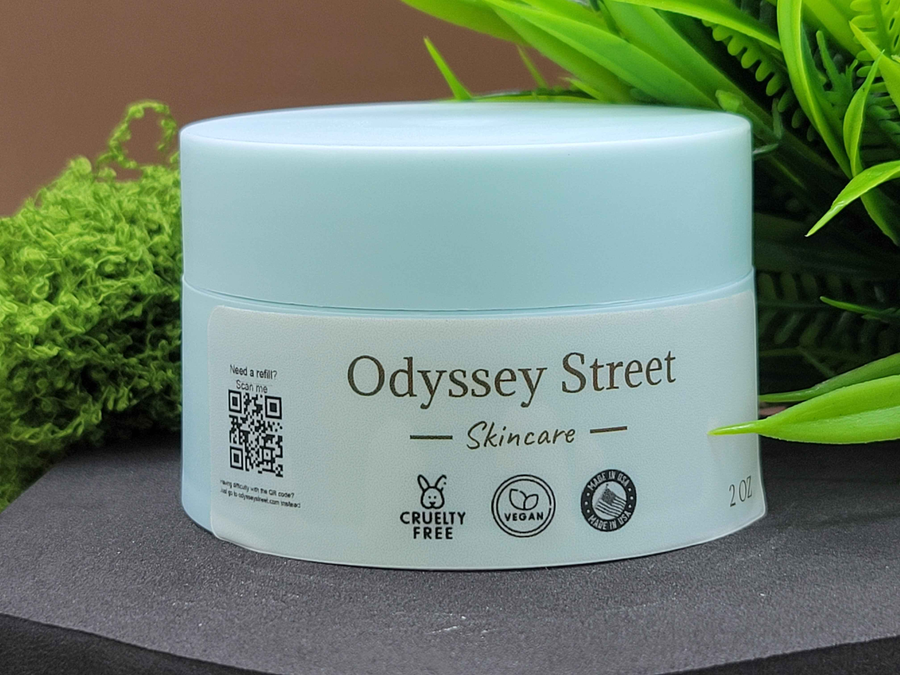
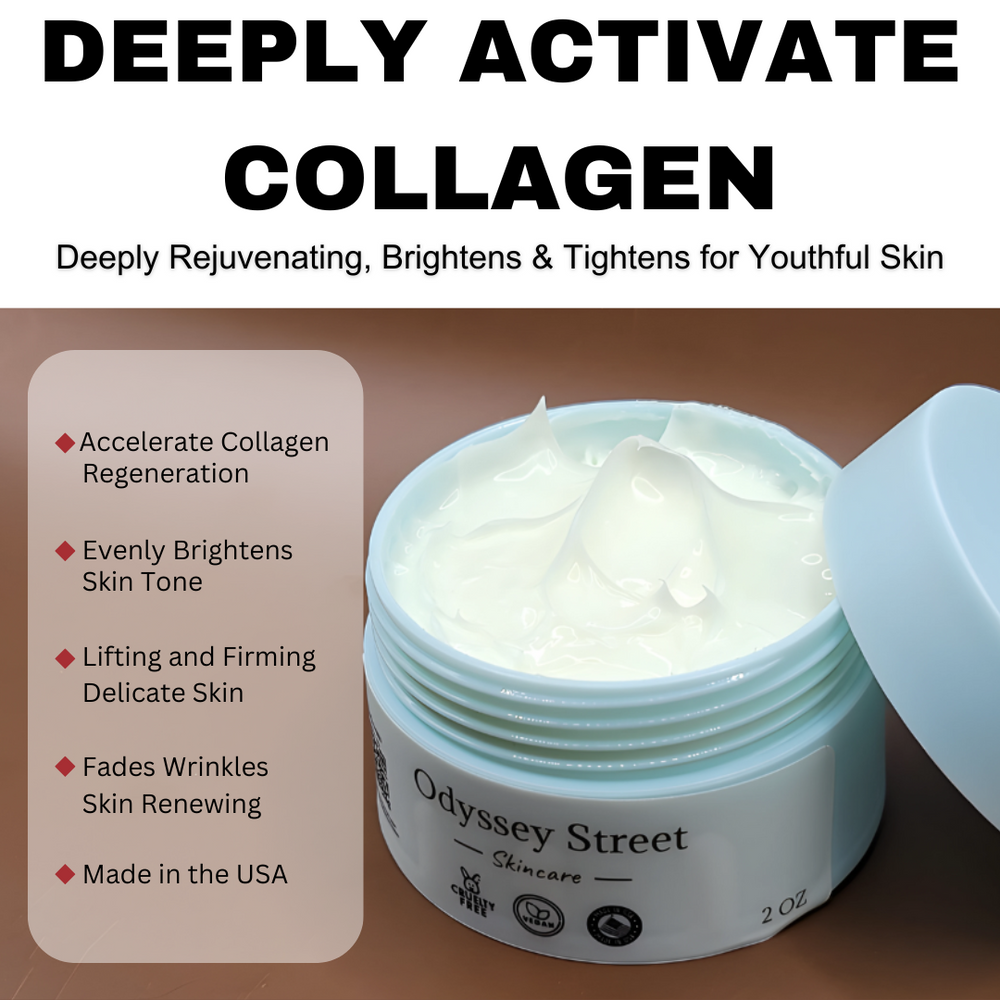


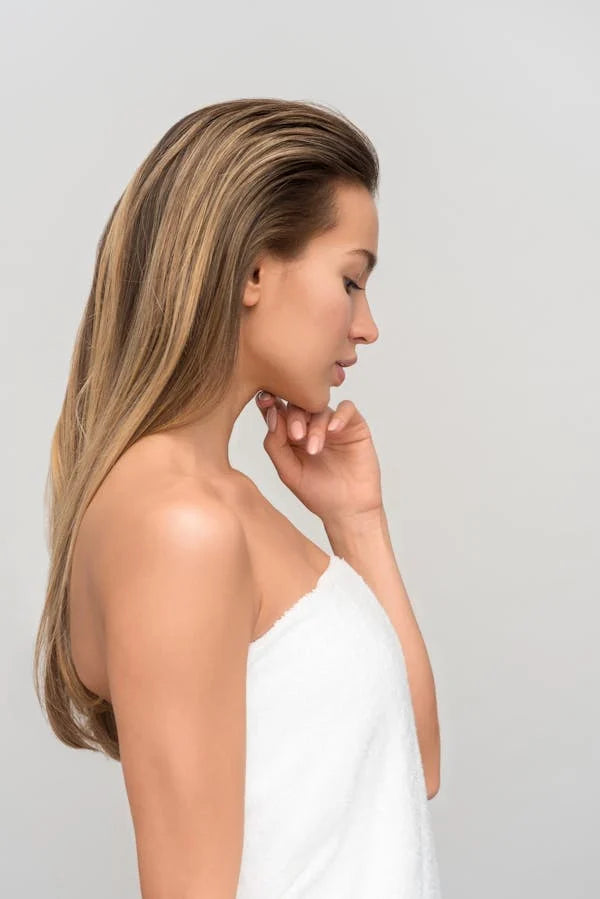

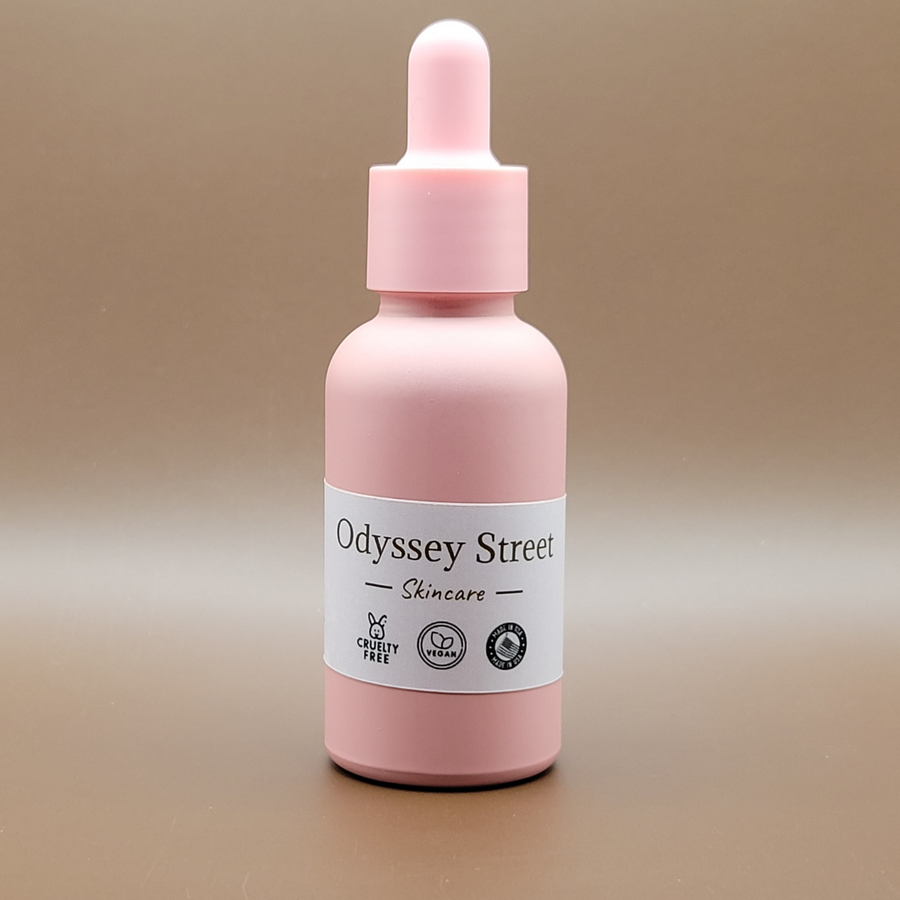
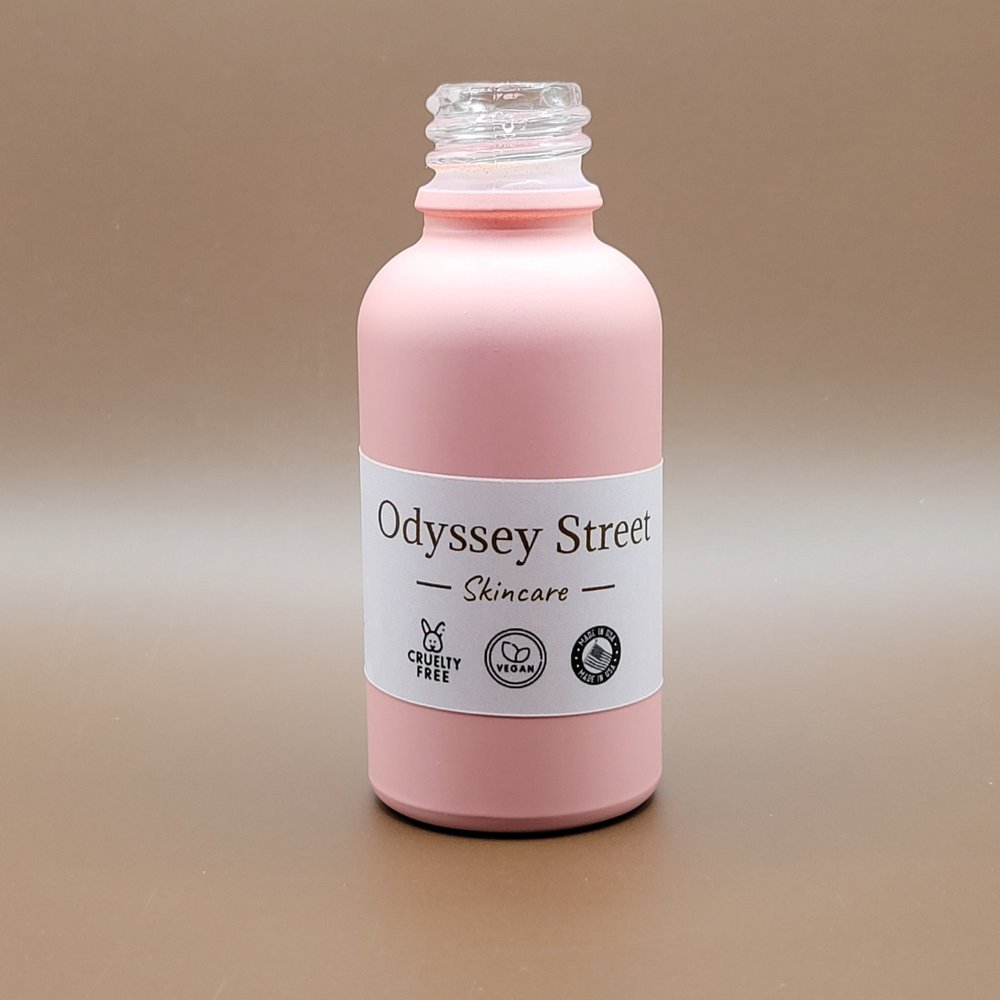
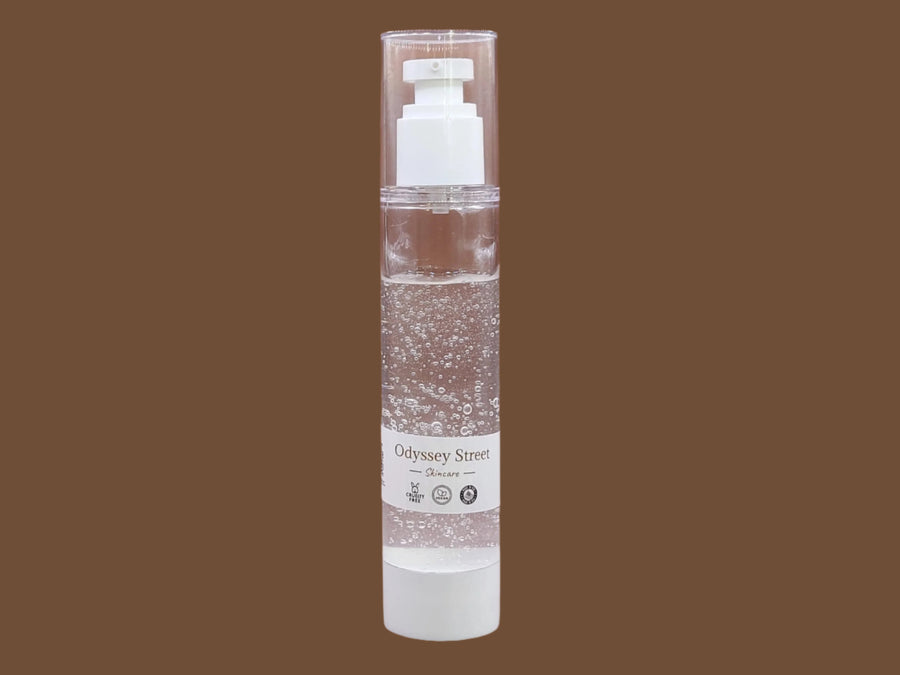
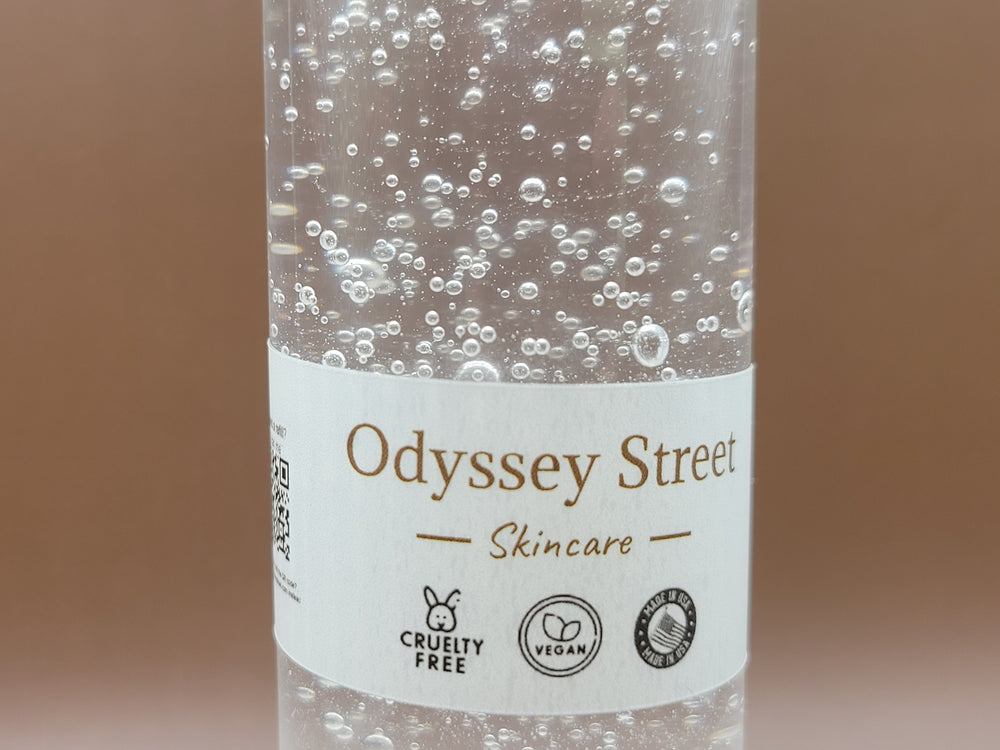
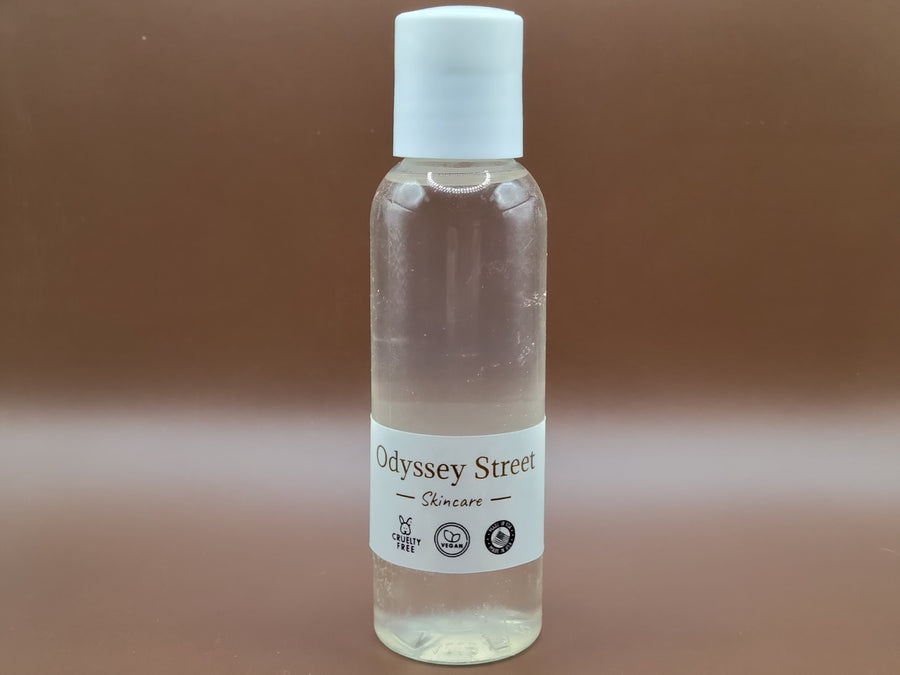
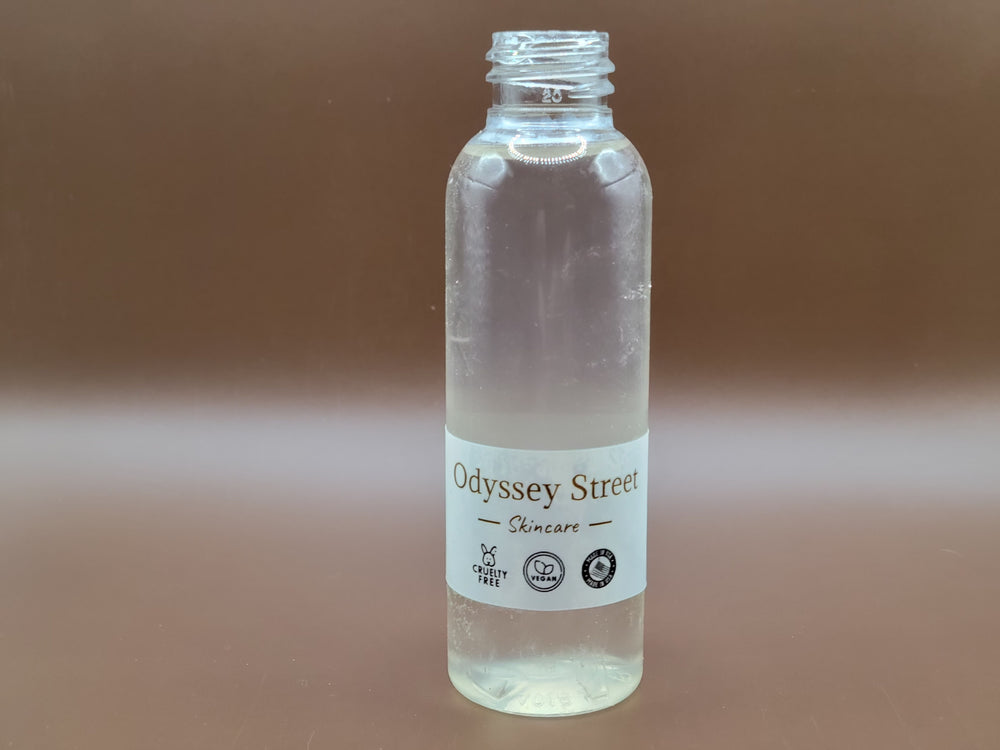
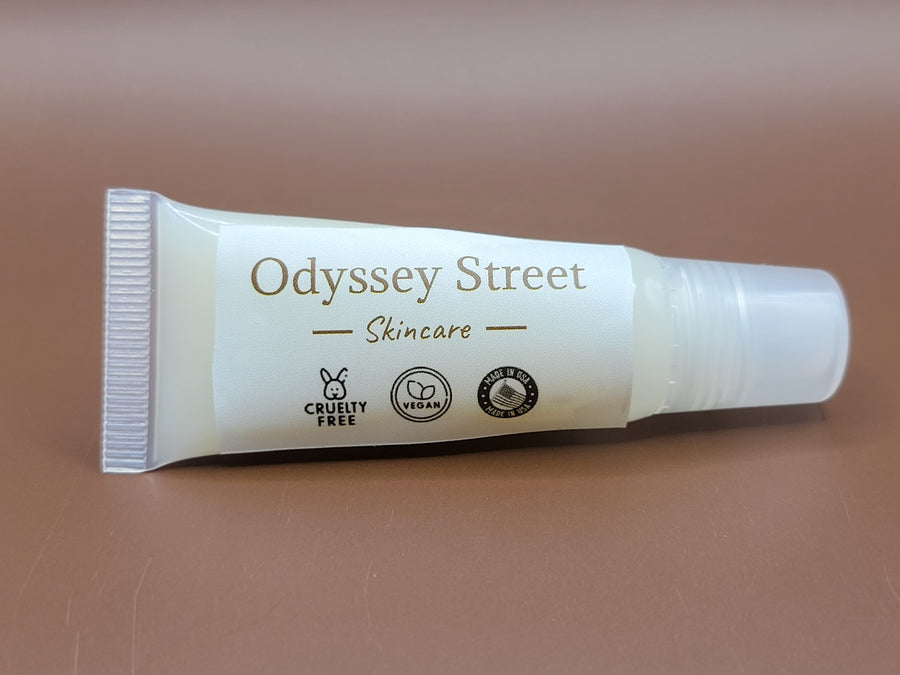
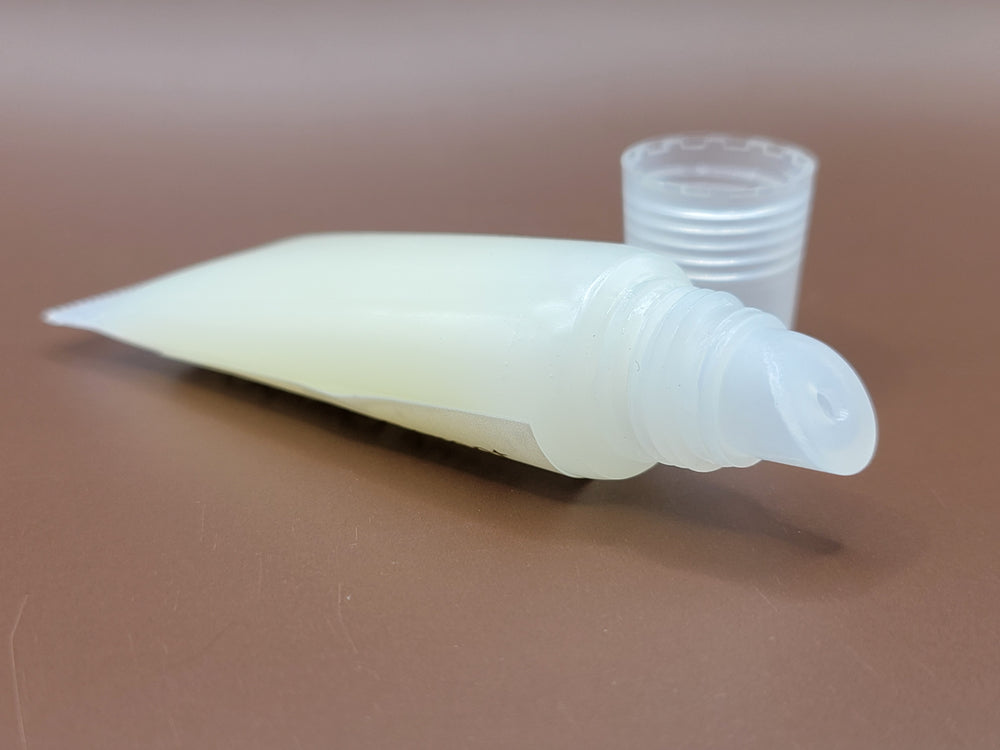
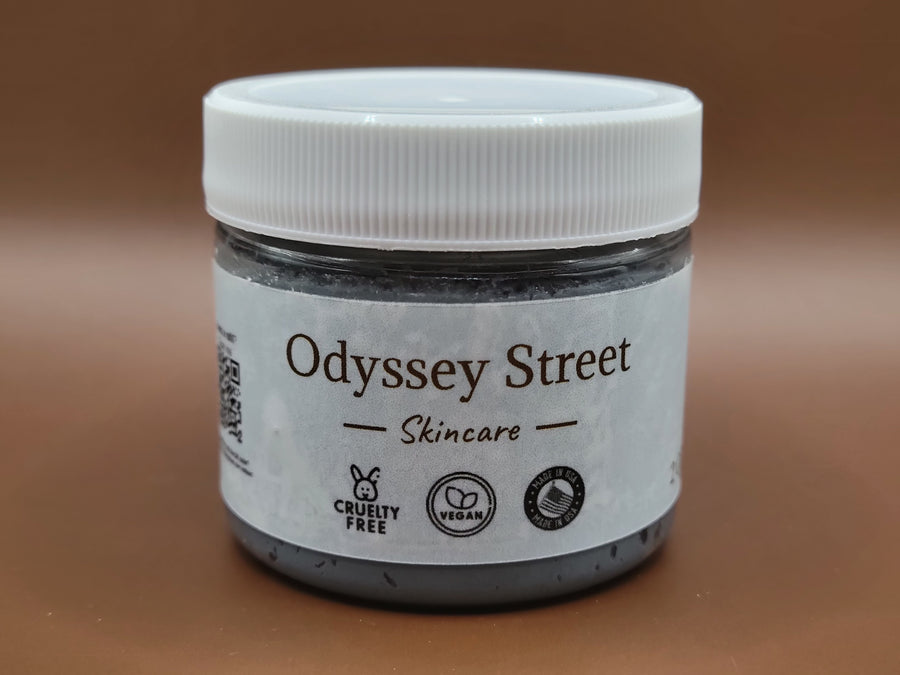
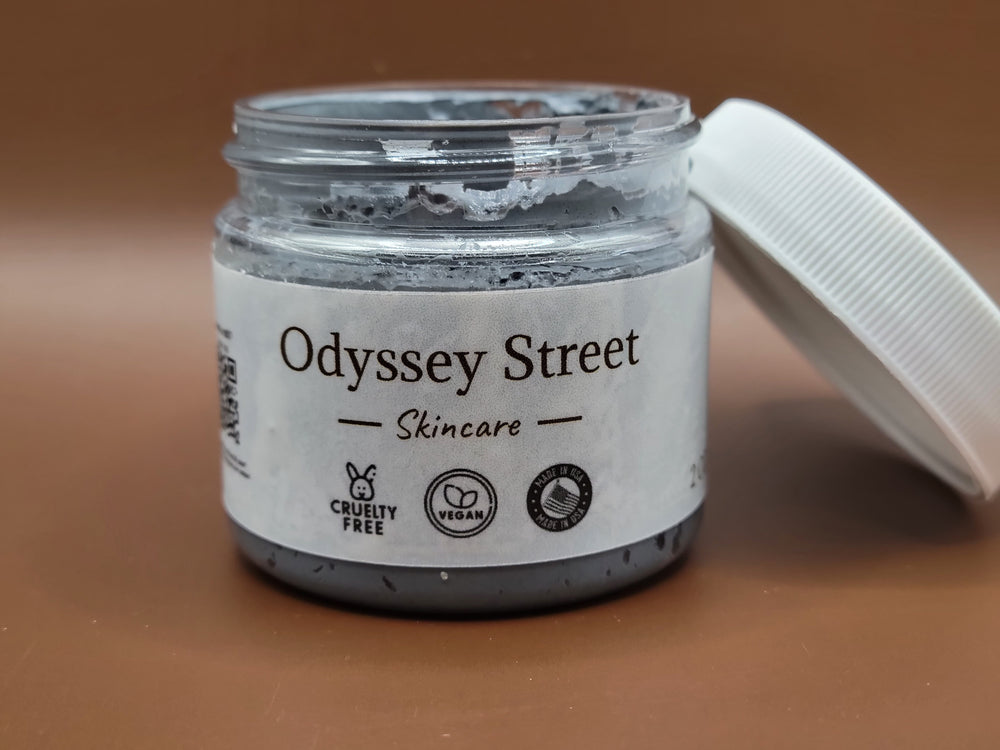
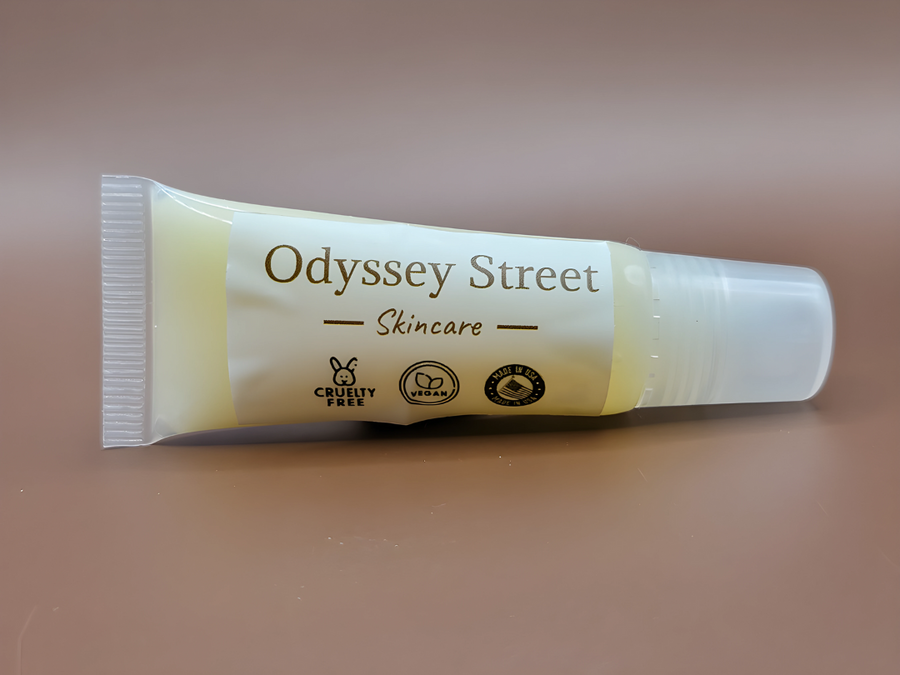
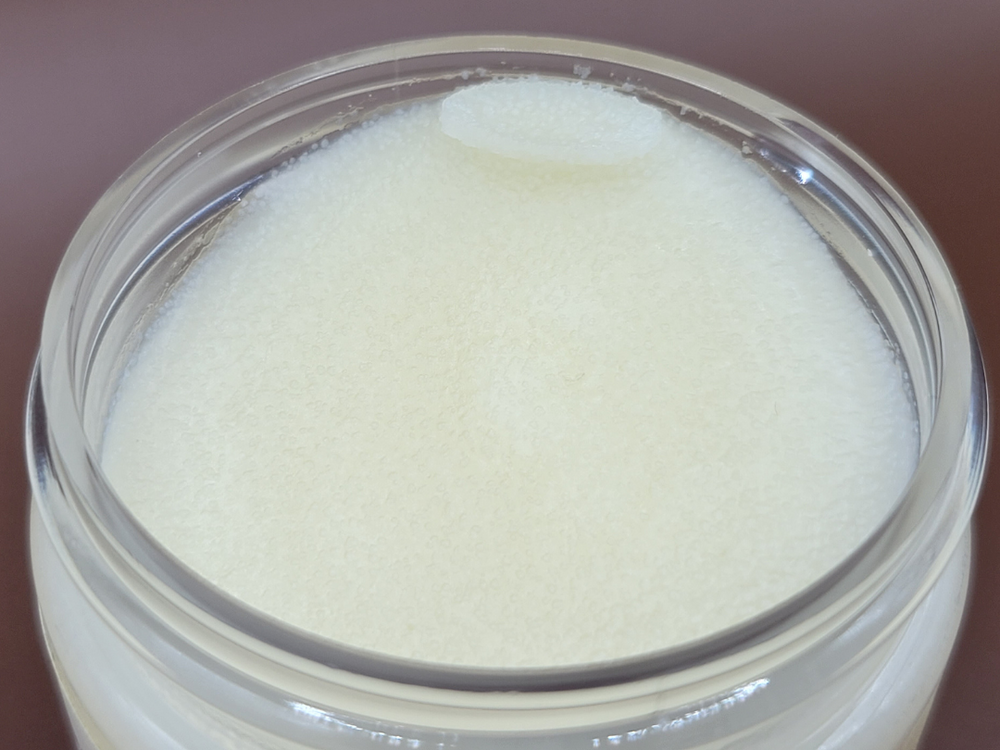
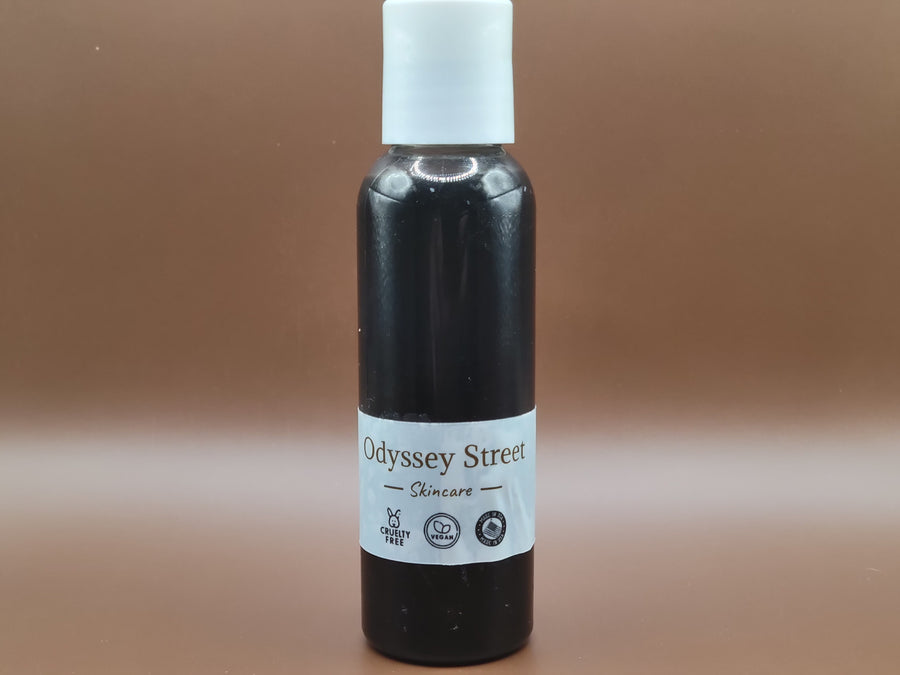
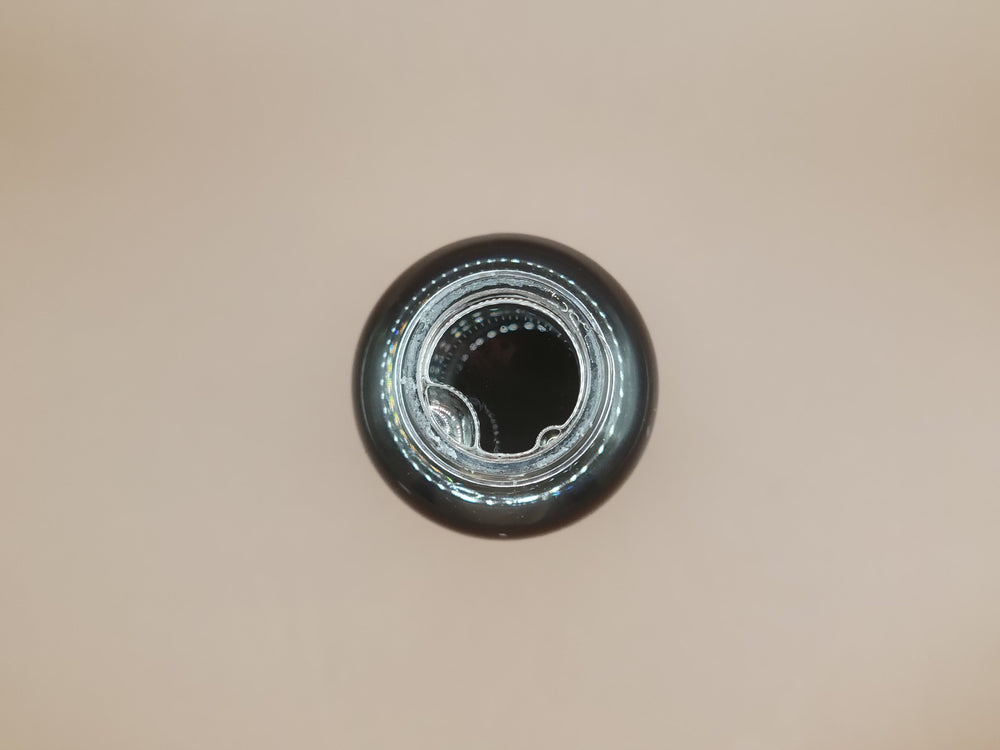
Leave a comment